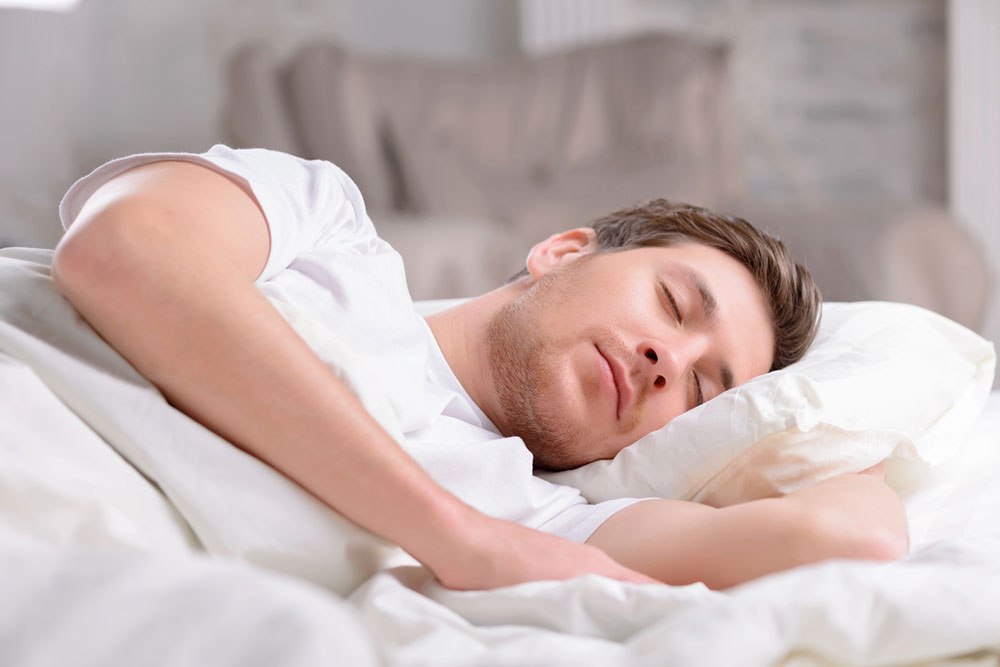Comprehensive Solutions for Overcoming Common Challenges with CPAP Therapy
Discover comprehensive strategies to address common challenges with CPAP therapy. Learn expert tips to reduce mask leaks, ease sleep difficulties, manage nasal issues, and prevent dry mouth. Proper adjustments and personalized solutions can significantly improve comfort, adherence, and treatment effectiveness. Enhance your sleep quality and health outcomes by following practical advice and consulting with healthcare professionals. Overcome obstacles to enjoy the full benefits of your CPAP device and promote long-term well-being.

Comprehensive Solutions for Overcoming Common Challenges with CPAP Therapy
Continuous Positive Airway Pressure (CPAP) therapy has become the gold standard treatment for obstructive sleep apnea (OSA), a prevalent sleep disorder characterized by repeated episodes of airway obstruction during sleep. Without proper management, obstructive sleep apnea can significantly increase the risk of serious health conditions, including high blood pressure, stroke, cardiovascular diseases, type 2 diabetes, and mental health issues such as depression. The primary function of CPAP devices is to provide a steady stream of compressed air through a mask to keep the airways open during sleep, ensuring unobstructed breathing and improved sleep quality. While CPAP therapy offers considerable health benefits, many users face challenges that can impact their comfort, adherence, and overall effectiveness of treatment. These issues include mask leaks, difficulties in falling asleep, nasal congestion, dryness, and dry mouth. Fortunately, with proper strategies and adjustments, users can overcome these obstacles to optimize their therapy and enjoy better health outcomes.
In this comprehensive guide, we will explore effective solutions to common CPAP challenges and provide practical tips to enhance your experience. Addressing issues like mask leaks, sleep difficulties, nasal problems, and dryness not only boosts comfort but also encourages consistent use of the therapy, which is crucial for long-term health benefits.
Addressing Mask Leaks for Better Comfort and Effectiveness
One of the most common complaints among CPAP users is air leakage around the mask. This problem diminishes the effectiveness of therapy and can cause discomfort, skin irritation, and noise disturbances. Mask leaks often result from an improper fit or an ill-fitting size. To mitigate leaks, it's essential to select the appropriate mask style and size tailored to your facial features. Different mask designs, such as nasal masks, nasal pillows, or full-face masks, offer varied fits and comfort levels. Consulting with your healthcare provider or a sleep specialist can help determine the best mask type for your face and ensure it fits snugly without causing discomfort. Regularly adjusting the straps and checking for proper seal can significantly reduce leaks. Additionally, using mask liners or pads can improve comfort and seal integrity, further minimizing leaks and skin irritation.
Overcoming Sleep Onset Difficulties With CPAP
Many new users find it challenging to fall asleep while wearing a CPAP mask. The unfamiliar sensation can cause anxiety or discomfort that interfere with sleep onset. To ease the transition, it is recommended to wear the mask during short periods while awake, such as during relaxing activities, to get accustomed to the sensation. Gradually extending the duration of mask wear, including during short naps, can help build familiarity and comfort. Incorporating relaxation techniques, maintaining a consistent sleep schedule, and creating a calming bedtime routine can also facilitate initial sleep with the device. If persistent sleep difficulties occur, consulting with a healthcare professional can help identify underlying issues and suggest alternate strategies or mask adjustments.
Managing Nasal Congestion and Dryness
Nasal congestion and dryness are common side effects experienced by CPAP users, often caused by nasal leaks or incompatible humidity settings. Ensuring the mask fits properly to minimize leaks is essential in preventing nasal irritation. Incorporating a heated humidifier into your CPAP setup can add moisture to the inhaled air, significantly reducing dryness and nasal discomfort. Proper humidifier settings tailored to your climate and personal comfort can make a substantial difference. In addition, nasal saline sprays, moisturizers, and steam inhalation can help soothe nasal passages. If congestion persists, consult your healthcare provider for further evaluation and customized treatment options, including medicated nasal sprays or allergy management.
Alleviating Dry Mouth During CPAP Use
Dry mouth is another frequent issue among CPAP users, especially those who breathe through their mouth during sleep. Breathing through the mouth can lead to oral dryness, discomfort, and even dental problems. To prevent dry mouth, using a chin strap to keep the mouth closed while sleeping with the mask can be effective. Ensuring the humidifier is set to an appropriate level to maintain oral moisture is also critical. Some users benefit from special oral moisturizing gels or sprays that provide soothing relief. If dry mouth persists despite these measures, consider discussing alternative mask options, such as full-face masks, which accommodate mouth breathing, or exploring additional therapy adjustments with your healthcare provider. Maintaining good oral hygiene and staying hydrated throughout the day also contribute to minimizing discomfort.
Overall, while CPAP therapy presents some challenges, accessing practical solutions and personalized adjustments can dramatically improve comfort and treatment adherence. Engaging with a sleep specialist, regularly maintaining your equipment, and being proactive about addressing issues ensure that you maximize the health benefits of your sleep apnea therapy. Remember, consistent and comfortable use of CPAP is key to reducing sleep apnea-related risks and enhancing overall well-being. With patience and proper management, you can overcome common obstacles and enjoy restful, restorative sleep night after night.





